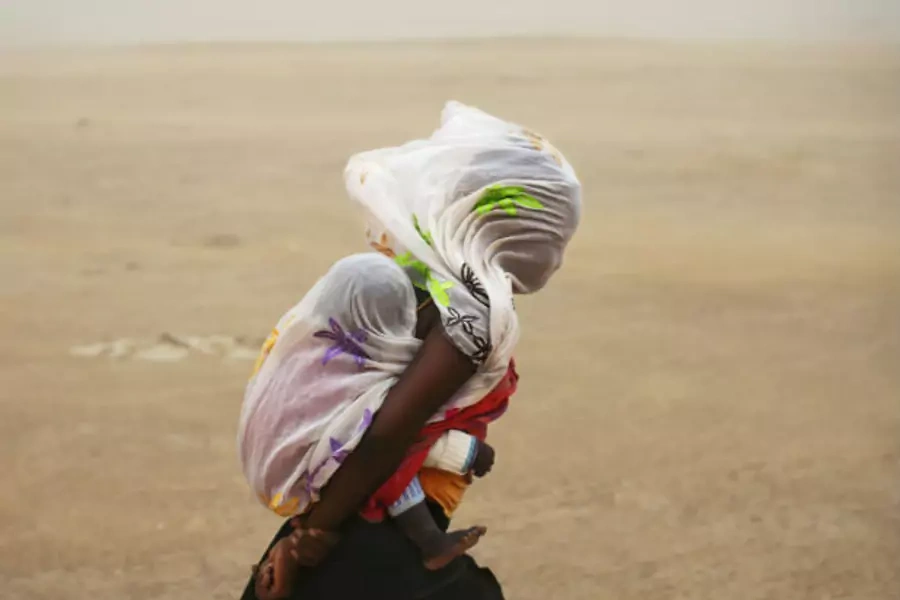More on:
This is a guest post by Emily Mellgard, research associate for the Council on Foreign Relations Africa Studies program.
The UNFPA’s 2013 “State of the World Population” report, published today, focuses on “Motherhood in Childhood.” It puts a very necessary spotlight on the alarming rates of girls and young women, mostly in developing countries, who continue to give birth to children while they are still children themselves.
The UN states that eighteen is the universal legal age of adulthood and of marriage. About 19 percent of young women in developing countries give birth before they are eighteen. Of those births, 90 percent occur within marriages. Eliminating child marriage is therefore crucial to eliminating adolescent motherhood. And education remains the single most important factor in delaying marriage, and therefore childbirth, until girls are mentally and physically capable of carrying that responsibility.
One of the main arguments in the UN report is that it is not just the attitudes and behavior of the girls that must change. The report finds that girls often don’t have the power to make choices over their own bodies, and so their families, peers, and communities must be a part of the change. UNFPA terms this “an ‘ecological’ approach to adolescent pregnancy, [which] is one that takes into account the full range of complex drivers of adolescent pregnancy and the interplay of these forces.”
The tragedy of adolescent motherhood is especially widespread in Africa. In Niger for example, 51 percent of girls give birth before they are eighteen. In Zimbabwe it is 20 percent. Indeed out of forty countries that report more than 20 percent of girls giving birth before eighteen, 70 percent are in Africa. West and Central Africa report the highest levels of girls (28 percent), now aged twenty to twenty-four, who gave birth before eighteen. Six percent of those gave birth before they were fifteen. Eastern and Southern Africa report the second highest levels (25 percent) of adolescent childbirth. Sub-Saharan Africa was also the only region in the reporting areas where reports of adolescent motherhood have increased.
Adolescent motherhood is considered both a breach of a girl’s human rights, and also a cause of further degradation of their rights. It impedes their personal education and development. Premature motherhood also makes girls more vulnerable to some debilitating medical conditions, and to increased levels of oppression. But this is not just a social and humanitarian issue. The report found that “the lifetime opportunity cost related to adolescent pregnancy—measured by the mother’s foregone annual income over her lifetime,” was a full 30 percent of the annual GDP in Uganda. That is about U.S. $15 billion. In Ethiopia the GDP loss was 15 percent, and in Malawi, 27 percent.
In Kenya’s case, “if all 1.6 million adolescent girls completed secondary school, and if the 220,098 adolescent mothers there were employed instead of having become pregnant, the cumulative effect could have added $3.4 billion to Kenya’s gross income every year.”
These are formidable reasons to halt adolescent motherhood and encourage girls, their families, and communities, to hold off on childbearing and to stay in education. Women are crucial drivers of social, political, and economic development. They should be encouraged to participate to the fullest.
More on:
 Online Store
Online Store
